Overview of Behavioral Analytics for B2B Businesses
Precious resources for humanity have changed over time. In the last century, it was fossil fuels. In this century, however, the resource at the core of technology and innovation is no longer a tangible energy resource. It is data.
Data is the resource that drives computing and technology, which in turn drive more innovation and improvements in human life. Data and its Analysis using technology have opened up new avenues in science and technology previously unimaginable.
The most powerful aspect of data and data analysis is perhaps its ability to quantify something as intangible as human behavior. In business (both B2B and B2C), analyzing the behavior of customers helps companies understand their motivations and serve better.
What is behavioral analytics?
Behavioral Analytics is a field in Data Analytics that collects data about human behavior, mainly about how they behave in the online space and analyzes this data to generate insights into what drives humans to behave in a particular manner.
For a long time in the modern world, business decisions, especially those pertaining to marketing, were made on the basis of experience and trial and error. Data Analysis and, eventually Behavioral Analysis eliminated the majority of the guesswork involved here.
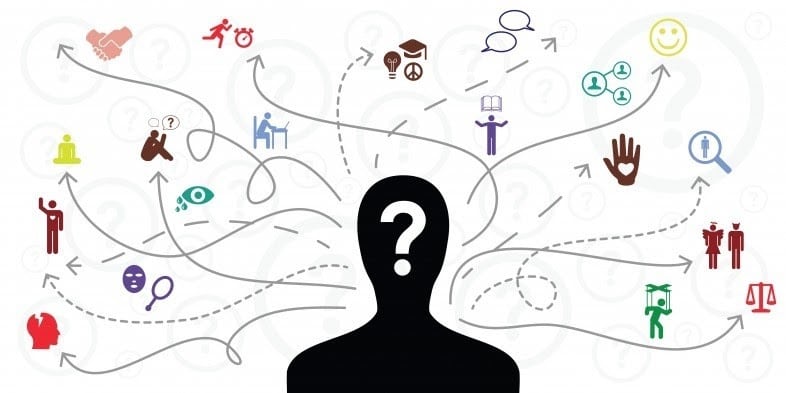
Image Courtesy – Toolbox
On the basis of hard data directly collected online by observing human behavior, businesses were able to understand why customers behave as they behave in the online world. It was now possible to clearly understand why some marketing tactics and elements worked while some did not.
Knowing how customers behave, what triggers such behavior, and what can be tweaked to influence certain business outcomes, can pave the way for a business’s steady future growth.
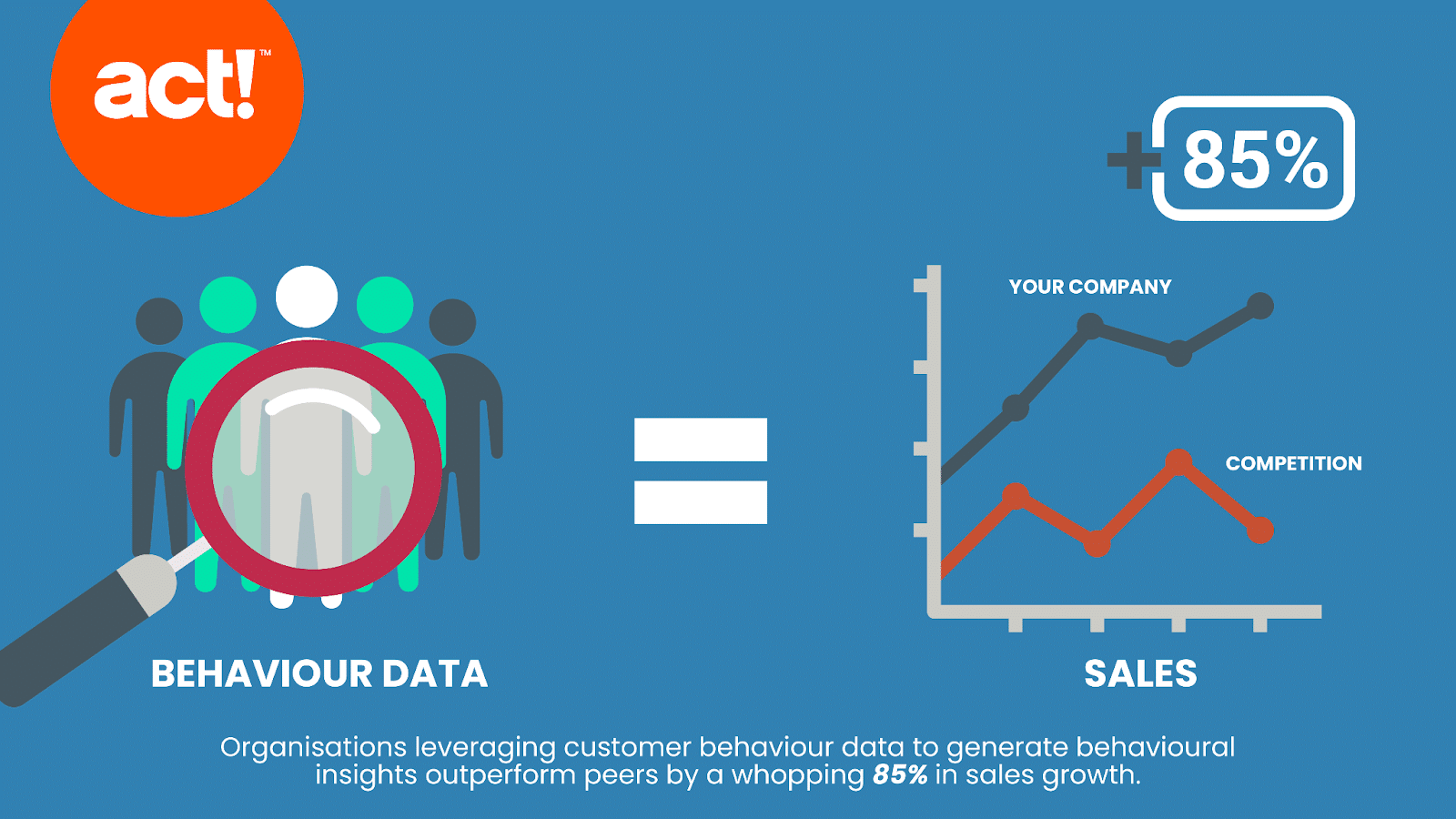
Image Courtesy – Act!
Behavioral Analytics is a powerful asset for businesses as it enables a lot of effective decision-making.
The scope of application for Behavioral Analysis is wide. Having the right and accurate insights in your report can help the management draft and tweak strategies that can put you in front of the competition.
Behavioral Analytics is especially beneficial to B2B Businesses as these deals demand more nuance, and the depth of insight it provides is crucial for ensuring successful customer acquisition.
Behavioral Data for B2B – How Does It Differ From B2C?
The way Behavioral Data is used for Behavioral Analysis for B2B Businesses differs drastically in comparison to B2C Businesses. B2C Businesses analyze behavioral data to gain insights into the behavior of their entire pool of audience.
That is not the case in Behavioral Analysis for B2B; here the data collection and analysis is conducted on an individual level rather than a mass scale. The B2B Business model distinct nature is responsible for this difference in approach.
Compared to B2C Businesses, the B2B side is characterized by longer sales cycles, usually spanning months, significantly higher average deal value, and a limited number of customers that they serve.
This arrangement results in every single client and deal carrying a lot more importance and value in comparison to the B2C space.
Thus, every single lead and existing customer is important, which is what warrants Behavioral Analysis in B2B to operate on an individual level. This way, a B2B Business has more control over the actions that can assure client conversion.
But how does Behavioral Analysis actually work?
How Behavioral Analytics Works?
At the core of the behavioral analysis is data that is collected by observing how website elements, marketing elements, and material influence the behavior of your audiences. This data is analyzed using applied statistical computation to generate insights.
This gained insight can then be further processed and utilized to plot projections, future trends, and probability to predict customer behavior for certain triggers and inputs. Generally, behavioral analytics is used to gauge outcomes of A/B Testing.
In the General use case scenario, i.e., online retail, eCommerce, and digital consumer services, a business creates a database of its users using various methods and channels. The users are then segmented based on different parameters like behavioral and time.
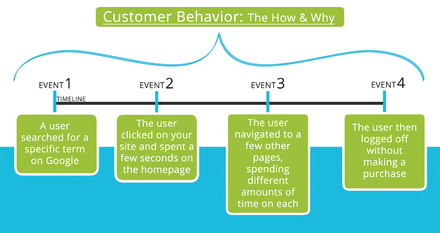
Image Courtesy – WikiWand
The segments are known as cohorts, and these are used in tandem with the insights obtained via Behavioral Analytics to present these cohorts with timed advertisements, offers, marketing material, etc., that are poised to be most effective at converting them.
For example, if the behavioral analysis has pointed out that a certain cohort exhibits high activity on social media on Tuesday afternoons, are young, and love memes, then a business can effectively target this cohort by serving them ads on social media in the form of marketing memes.
In the B2B space, the application of Behavioral Analysis differs compared to that in the general cases. Here, behavioral analysis is done based on the characteristics of each lead in a way that maximizes the chances of conversion.
But what types of Behavioral data are used for Behavioral Analytics in B2B?
Types of Behavioral Data
When, where, and how a lead interacted with your business and how they reacted to marketing material across different channels and the elements of your websites can reveal a lot of things.
Following are the data types that record all such observations:
1. Event Data
Event data is a log of all interactions and actions a lead makes while engaging with a business. The actions and interactions are logged with timestamps that showcase the entire history of a lead’s interactions with your business.
2. Website Analytics Data
Pageviews, platforms, devices, browsers, operating systems, etc., are the types of data that are collected using cookies. A big chunk of this data is behavioral data. What pages did the lead check? Was it a product information page, pricing page, or a demo request page? Website tracking data answers all of these questions.
3. Interactions
How and where a customer or a lead is interacting with you is recorded under this type. Email opens, demo requests, sales assistance requests, signing up for the newsletter, registering for a free trial, etc., are all accounted for as interactions.
4. Customer Journey Data
How a lead discovers your business, what all have they searched about you, which blogs of yours have they read, checked reviews for your business, etc., reveals a lot about how much and how well they know about your business and its offerings. All this data is recorded in this type.
If a customer or lead has come across your paid advert on social media or better even, if they follow you on social media, how they react to your posts, whether they like those, leave comments or engage with it in any form or manner is recorded under this type of behavioral data.
6. Purchase History
In the case of an existing customer, their purchase history can be used for behavioral analysis. It provides an insight into the customer’s requirements, the frequency of those requirements, and what other ancillary services you provide they can benefit from.
A unified database that is validated and updated frequently is essential when utilizing and deploying Behavioral Analysis for your B2B Business. The quality of your database will determine the accuracy and effectiveness of the insights obtained by analyzing it.
Behavioral Analytics within Salespanel
Surface level data often used for lead qualification is not sufficient in the B2B space; what is important is knowing and accurately gauging a lead’s purchase intent and ‘customer journey’.
Salespanel knows and understands the requirements for B2B Businesses and hence has website tracking and behavioral analytics baked into its offerings to make sure that you always convert the high-value leads.
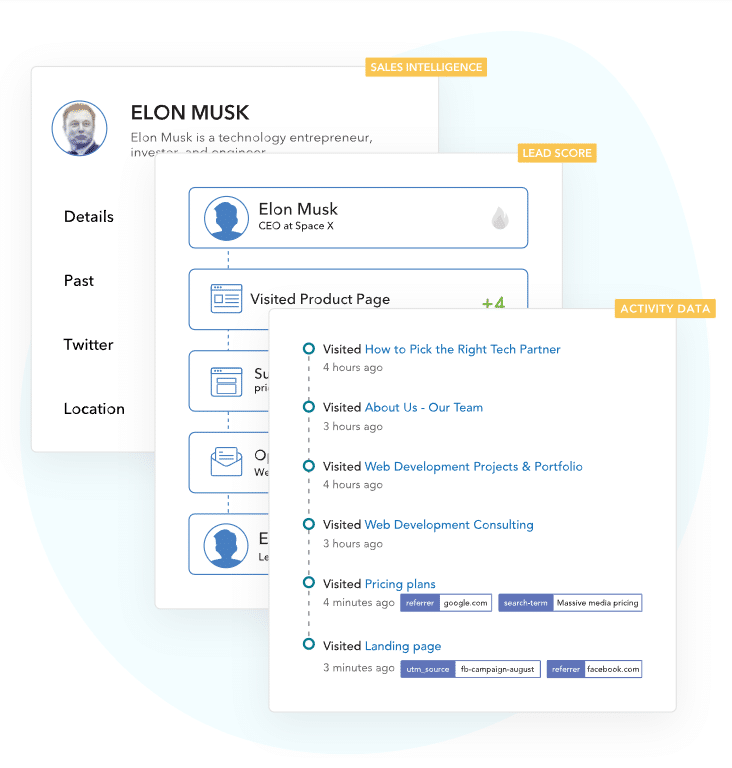
Leads are filtered out using any primary data that they’ve provided or the data that was easily available about them in the public domain. They can then be matched against the Ideal Customer Profile of your firm to further filter out low-quality leads.
All interactions and activities of a lead are recorded and analyzed to inform you about a lead’s purchase intention. Leads are qualified in real-time using surface-level data and then added to a pool to have their behaviors analyzed.
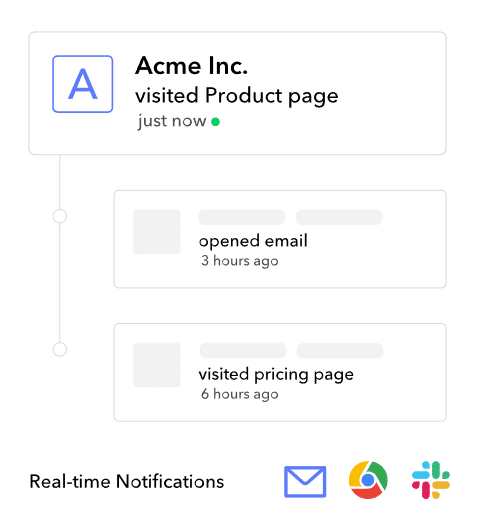
Email tracking, page visits, activity on webpages, etc., are tracked to know what a lead’s intentions are and how ready they are for finalizing a purchase. Your sales team is notified about every high purchase intent interaction via real-time notifications across all devices and platforms.
When a lead has interacted and committed actions that have increased its lead score above a set threshold that signifies a solid intent to purchase, your sales team gets notified about it via push notification so they can pursue the lead at the earliest.
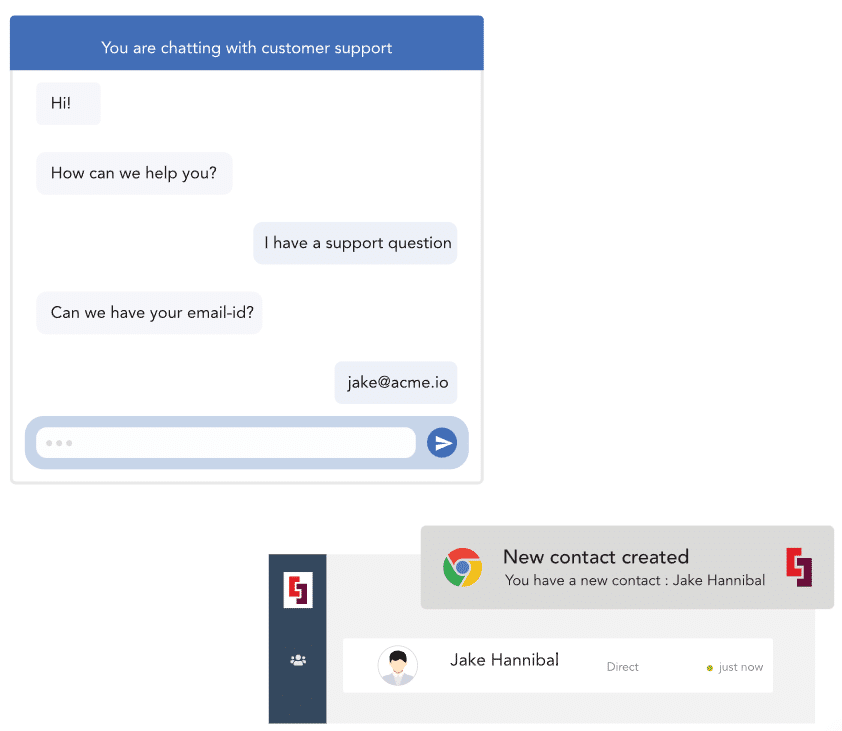
Behavioral analytics on Salespanel not only helps you qualify leads, use ABM, and trigger personalized events but also helps you generate quick reports about your campaigns and marketing elements to determine how leads are engaging with your touchpoints.
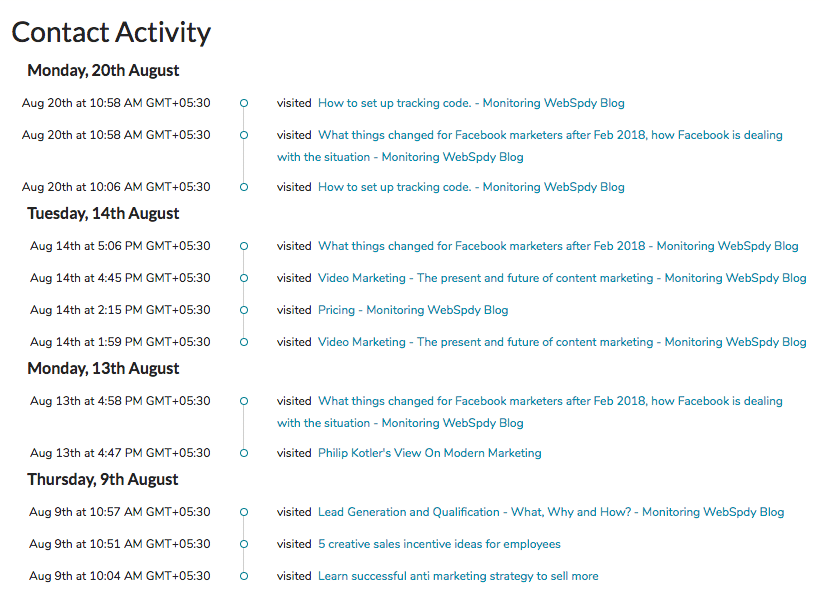
Conclusion
Surface-level data is not sufficient for knowing and understanding if a lead will actually make a purchase or not. Pursuing leads that aren’t sales-ready yet can drain valuable resources of your business, yielding no output.
Having insights about a lead’s behaviors can resolve this issue as behavior is a better and more reliable indicator of purchase intent than surface-level data.
Behavioral analytics can be used to collect behavioral data from leads and have it analyzed to understand how sales-ready they are. Approaching and pursuing only those leads that show high purchase intent can not only save a lot of resources but also help you guide users to the next stages of the buying journey based on their actions.
Sell more, understand your customers’ journey for free!
Sales and Marketing teams spend millions of dollars to bring visitors to your website. But do you track your customer’s journey? Do you know who buys and why?
Around 8% of your website traffic will sign up on your lead forms. What happens to the other 92% of your traffic? Can you identify your visiting accounts? Can you engage and retarget your qualified visitors even if they are not identified?


